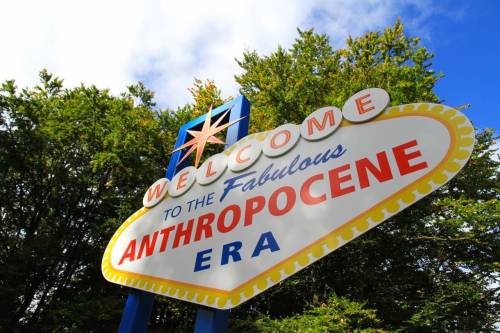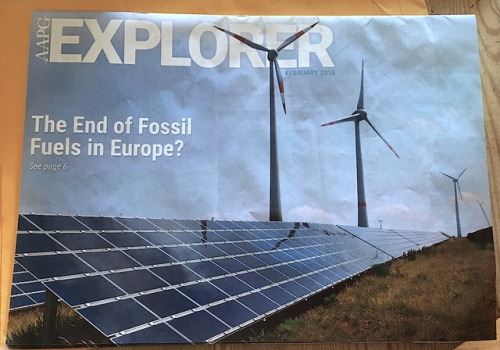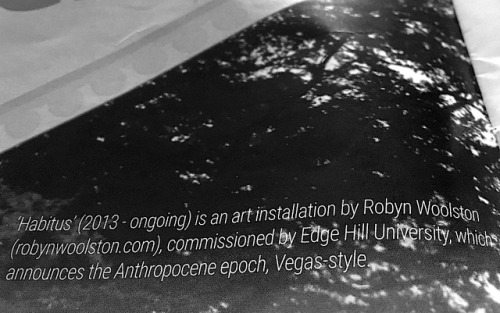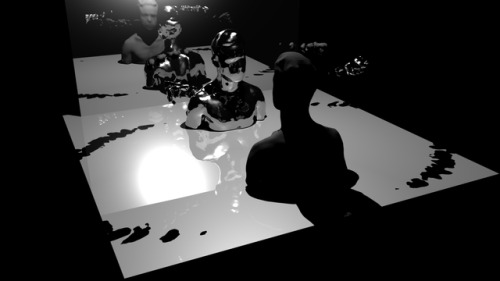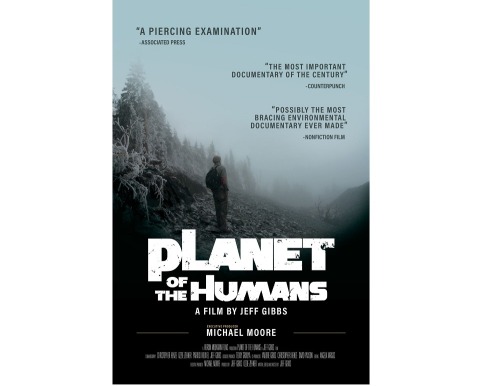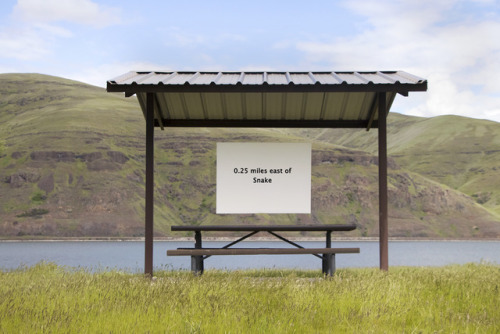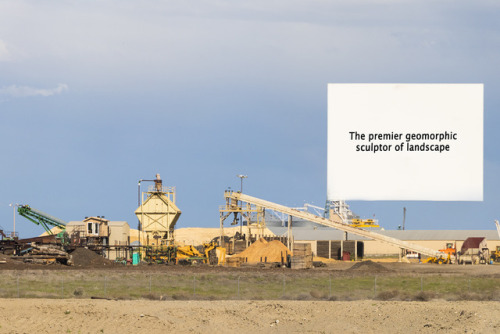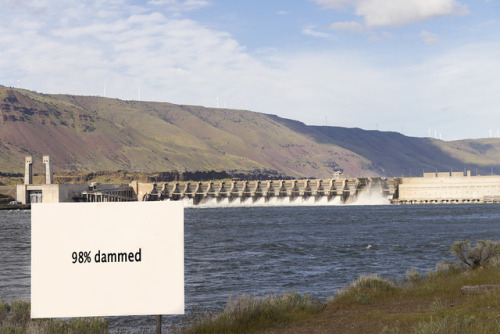#anthropocene
…Greetings Traveller…
I hope you have been keeping well.
This one has been brewing funky ideas through the last few years and is now embarking on the path of taking their work online.
Keep yer eyes peeled for…
Philosophy essays
Photography
Comix/Zines
Absurd art
Podcasts
…dissecting topics such as…
P H I L O S O P H Y
the anthropocene
ecology
futurism
clowning
spirituality
technology
aestheticism
cult v culture
Carl Cheng, “Anthropocene Landscape 2” (2006),
Printed circuit boards and rivets on aluminum, 60 x 60 inches,
Photo by Jeff McLane, image courtesy the artist and Philip Martin Gallery, Los Angeles
Post link
The ASLE-UKI Postgraduate Conference 2016:
‘A change of (s)cene: reviewing our place in a new geological epoch’
University of Lincoln
31st August – 2nd September 2016
I shall be exhibiting and contributing to a postgraduate conference during Autumn that’s using ‘Habitus’ (2013) as it’s headline image.
‘In 2016, the International Commission on Stratigraphy is due to consider formalising the Anthropocene as a new geological epoch. In light of this, the conference aims to review and reflect on what literature and culture might have to say about our place in a world shaped by human activity. With a keen interest in ecological systems, anthropogenic processes and the interaction between humans and nonhumans, ecocritics and the environmental humanities have already begun to open up discussion about the origins and implications of the Anthropocene; ultimately questioning what this might mean for humanity and our planetary home. The conference will facilitate an interdisciplinary dialogue between different approaches to the study of climate change, environmental distress and various eco-catastrophes.’
Submissions:
Individual papers will be 20 minutes long. Please send a 300 word abstract and a 50 word biography to Michelle Poland, Rebecca Ford and Alex Bevan – [email protected] – by 31st March 2016. Proposals for panels are also welcome: please send a 200 word summary of the rationale for the panel, in addition to individual abstracts. Any further enquires can sent to the above email address.
Possible topics might include, but are certainly not limited to:
- Planetary history and deep time; human and natural temporalities
- Major or minor, global or local climatic events
- Postcolonial ecocriticism
- Disaster, extinction, end of nature, apocalypse
- Waste, pollution and sustainability
- Industrial developments, new technology, energy challenges
- Nature/culture, human/nonhuman boundaries
- Narratives of change, imagined futures
- Affects and aesthetics
- Romantic nature, Gothic nature, EcoGothic
- Ecopsychology: internal and external crisis
- Environmental philosophy, environmental and animal ethics, environmental law (e.g. 2015 United Nations Climate Change Conference in Paris)
Post link
‘What do we want to say and how do we want to say it and to whom?’

• For years we’ve been warning against artists ‘parachuting’ into unfamiliar territory.
• Socially involved Art Workers, like everybody else, have to choose among the tsunami of issues around sustainability that we should be weighing in on, fighting for. But sometimes it feels like we are spread so thin that we will blow away. As a South-Westerner my list is headed by climate change, water, indigenous rights, saving public lands and the heartbreaking fates of the youthful undocumented immigrants of DACA (Deferred Action for Childhood Arrivals) whose lives have been put in terrible limbo because they had the courage to risk their futures by speaking out against unfair immigration policies.
• Confronted by this endless list we have to focus, hard as it may be, to choose. We have to ask ourselves ‘What do we want to say and how do we want to say it and to whom?’
• Of course the rest of the endless litany is equally important: racism, poverty, incarceration, guns, #metoo, #timesup, homophobia, police brutality, Middle Eastern wars and Palestinian rights, deadly pollution on land and sea, the toll of fossil fuel extraction, race, gender, class, religion. What did I miss?
• Suzanne Lacy, who is my longtime Social Practice mentor, say she works at the intersection of community, development and visual art; she talks about creating ‘Citizen Artists’. She’s a genius at contextualising non-Art contexts, at choreographing collective expression and bringing unheard voices to the foreground; if not exactly the centre.
• These days Lacy’s planning for a solo show at the San Fransisco Museum and she’s struggling over how to create visual impact in a museum while maintaining authenticity within the community. She says ‘The Art World is where I get to TALK, the Community is where I get to LISTEN.’
• Suzanne has said if she hadn’t been interested in addressing the Art World she would have gone into politics and she credits Allan Kaprow with showing her the advantages of putting LIFE into the GALLERY and putting the GALLERY into LIFE. She talks about not starting with an idea but arriving at the idea as it’s generated by those at the table.
• A recent panel in Santa Fe on Feminism and Intersectionality emphasised ‘Radical Inclusiveness’ and made several points about entering a community that is not our own:
– Take part but don’t take-the-lead.
– Curiosity is good but not voyeurism.
– Honesty is good, condescension isn’t.
– You cant fake empathy.
• Have we educated ourselves about unfamiliar cultures? Listen. Do they want our help? Who are they and who are we? Shouldn’t it be just ‘we’?
• Artists working ‘in’ communities have to work ‘with’ communities and sometimes social success means aesthetic sacrifice.
• We are still a long way from achieving the gender and racial fluidity that we’ve begun to contemplate in recent decades. Black Lives Matter has changed the dialogue and upped-the-ante just as #MeToo and #TimesUp are resurrecting Feminist issues and some real soul-searching about ‘whiteness’.
• There’s no question that we need ‘thicker skins’ in order to really understand racism within our society. I’m always torn between staying safe, focusing on what I know, and venturing into areas where I may not be welcome and my ignorance will be exposed. I’m not entirely sure why the terms Multiculturalism and Identity Politics are so discredited (I know the Right Wing has had a lot to do with it) since they are terms that lead to a consideration of diversity, hybridity, cross-overs and ‘intersectionality’ – the favourite terms these days for working across boundaries, and even across walls.
• In the last few years groups formally perceived as voiceless have stood up and finally been heard. Indigenous people at Standing Rock and in the Idle No More movement, have raised consciousness not only about pipelines, clean water and treaty rights but suddenly the Art World knows something about Indians…which is rare.
////////////////////////////////////////
Q: What do we want to SUSTAIN?
Certainly not the status quo! Western-so-called-Civilisation? ALL Civilisation? How about the entire planet and everything on it? How do we do that? We as a society are JUST beginning to understand that Social Sustainability is inextricably linked to Ecological Sustainability, which is a basic necessity for survival, and for Public Practice Art. Like Public Practice, sustainability is dependent on empathy and down-sizing, both of which are hard to achieve in a racist, capitalist society based entirely upon unsustainable growth, non-stop-for-profit-expansion and to-Hell with the consequences. Growth of everything from mansions to nuclear arsenals to strip-mines to corporate conglomerates to ever-larger-and-more-expensive-installations and artworks.
////////////////////////////////////////
• E.F.Schumacher’s influential 1973 book ‘Small is Beautiful – Economics as if People Mattered’ occupies a small but beautiful place in our pantheon. In this country ‘small’ is no longer just ‘beautiful’ its CRUCIAL. It’s not just a matter of tiny houses, urban in-fill, biking, resource conservation, environmental protection, recycling and planned parenthood. It’s a psychological impetus that is needed EVERYWHERE. Downsize or die. Halt or at least ‘slow’ growth until some sort of sustainable justice for both PEOPLE and the PLANET is reached.
• Let’s take a moment, this moment, to salute organic growth. It’s Spring, seeds are sprouting, and a lot of you are just beginning your activist lives.
• When we are talking about ‘inclusivity’, about uniting whole communities, the bigger the scale, the broader the reach the better. Part of downsizing for socially engaged and Eco Artists is conceiving of ones art within a context of unsustainable resources like water and fossil fuels. Building towards the future instead of planning for posterity, spending time in our own communities. We are still searching for our Post-Capitalist self. An alternative to the rugged individualism of manifest destiny. An alternative that allows working people a decent living and human rights, which are, alas, rapidly being downsized.
• I have great faith in small-scale projects that have potential to spread into much larger spheres.
• The strongest Public Practice, like Activism, starts from a specific location, from consciously ‘lived’ experience. But it as to move-on-out from there in a kind of ripple effect. If you don’t know your ‘hood’ you’re likely to idealise or disparage its inhabitants, fail to recognise threats or choose the wrong solutions as the basis of your Art.
////////////////////////////////////////
Q: So, where do you live? What’s your centre? How far out do the ripples go? Are you ‘following’ or are you remaining at the centre and holding the reins? Are there other Artists? Community members with whom you may have little in common until you forge alliances over issues that effect everyone? Who do you live with? Dispossessed locals, deracinated newcomers, grumpy landowners, Artists, opioid addicts, rich part-timers, stray dogs, abandoned horses, feral cats, threatened wildlife, too many damn bunnies?
////////////////////////////////////////
• For some of us the best way to deal with the onslaught of urgent issues is in trying to strengthen our local community.
• A concentration upon PLACE, which cant be conflated with land, site or landscape, can bring EVERYTHING into focus, including politics.
• I’ve heard from friends coming from generations of deracination, (they are often Jewish, but also Middle Eastern, African & Asian) that it’s often hard to work with rooted communities when one can identify no ‘home’ place of ones own. I insisted in a 1998 book called ‘The Lure of the Local’ that wherever we find ourselves, even for short periods, we have to take responsibility for that place as long as were are there. I talk about ‘senses of place’ (plural)… it’s a much better idea than a sense-of-place, I mean, there isn’t just one. Listening to the stories of long term occupants of the place we live and work is one way of knowing ‘where’ we’ve landed for however short or long a time.
////////////////////////////////////////
Q: How can Artists help change the way humans relate to nature and to each other?
We share DNA with every form of life on the planet. It’s not too late for humanity to consider the legal right of nature herself. Indigenous people are demanding rights for nature and for themselves, from India to Ecuador to New Zealand where a 400,000 acre National Park taken from the Maori’s has been designated as a ‘person’ not property. Land belongs to itself; what a concept!
Nature, which of course include ‘us’ should not be a commodity that we can sell off to the highest bidder. It’s a community we belong to and harm at our own risk.
////////////////////////////////////////
• Pollution causes three times a many death as AIDS, malaria and tuberculosis combined.
• The blip-in-time that is the human race will not be missed but we’ll miss ‘us’ a lot. Everything’s coming-down-the-pipe far faster than we imagined it could. I used to worry about my grandsons and future generations down-the-line. Now I worry about my son, who is in his early 50’s.
• As things race out-of-control and we do nothing as we destroy our environment, run out of water, witness species extinction and climate change and so forth, we should know that similar catastrophes have happened to the planet many times before.
• This era, called the Anthropocene since 2000 is also dubbed the Misanthopocene or Anthromosaic. An era of loneliness and isolation as species go extinct and desertification increases, as the oceans rise and the ground waters sink. The sense of urgency is so overwhelming it can stop us in our tracks and make us hide our heads in the sand – which by the way is another endangered material.
• Sea level around Manhattan is projected to rise 6ft with this century. Huge cities can’t build a wall the way the wealthy do to protect their seaside Summer homes! As we know from East and West Germany, Israel, Palestine and the US/Mexico border – WALLS ARE NOT THE ANSWER.
• It’s coming down to a race between HUMANS and CLIMATE CHANGE to see who can get rid of us first. George Orwell said in his dystopian book, ‘1984′:
WHO CONTROLS THE PAST CONTROLS THE FUTURE.
WHO CONTROLS THE PRESENT CONTROLS THE PAST.
• Artists can create history and challenge it by telling stories of resilience that give us hope and courage. Some of us advocate destruction of offensive monuments to evil-doers others recommend their removal to museums as artefacts of an unlamented past.
• I retain my admiration for that ultimate in eye-opening Feminist truisms: THE PERSONAL IS POLITICAL AND (FOR ITS SIGNIFICANT OTHER) THE POLITICAL IS PERSONAL. These remain living and dynamic propositions. A brilliant way to translate lived-experience, positive and negative, into political consciousness. They ‘open’ ways to understand ‘others’ experiences. When we know our family histories, and those of our neighbours, and of our lands, ’who’ and ‘where’ we are in a political and historical sense, we are far better equipped to be compassionate and collaborative within a time-and-place we all share.
• Ultimately words and images offer ways to integrate our own imaginings of life into those of a polity.
• The relationship of imagination to reality and action is crucial, especially for Artists and Writers who specialise in acting in the gap between ‘two’, or between art and life. If we lean too far on the imagination side we risk falling off the edge into wishful-thinking, like ‘Visualise World Peace’ then we fall back onto the couch! Lean too far onto the reality side and we risk getting so discouraged that we get stuck in the status-quo.
• We Art Workers have always had to be satisfied with small victories, with raising consciousness rather than raising politics or changing policies. Sometimes we fool ourselves about how successful our projects can be. Yet every one of us has some faith in Art as a way of inspiring, or even jolting, or even just pin-pricking people out of their self-imposed or received stupors. Of adding visual layers to the global debates. I always say that Art Workers can’t change the World but with the right allies little miracles can happen. Well maybe not miracles, but a lot of hard work, catalysing a generation, hanging-in there.
• We need to discuss the failures as often as the successes. These times call for some tough-love and honesty with ourselves and our colleagues because being effective seems more crucial today than at any time I can remember, and i’ve been messing with this for some 60 years.
Once again…
////////////////////////////////////////
Q: What do we want to say and how do we want to say it? Where do we go from here?
A: I hope you haven’t been holding your breathe for answers to all these questions cos-I-ain’t-got’em! But these questions are directed as much at me as they are at you. Personally the temptation to be cynical, nasty and bridge-burning can be overwhelming. But that puts us in the same bag as the opposition. There’s a line between skepticism and cynicism. Somebody said pessimism is a waste of time and optimists are ‘dissed’ as utopian woo-woo, and politically reactionary. It’s true that we need to be down-to-earth but we also need to have something to hope for, something to reach for.
////////////////////////////////////////
I hardly ever give a talk without citing Antonio Gramsci:
PESSIMISM OF THE INTELLECT / OPTIMISM OF THE WILL
…I don’t think it has ever been better said.
Thank you.
Open Engagement 2018, Queens Museum, New York
>>>>>>>>>>>>>>>>>>>>>>>>>>>>>>>>
(This transcript appeared originally as an a_n blog after being awarded a Professional Development Bursary to attend Open Engagement in New York during May 2018: https://www.a-n.co.uk/blogs/s-u-s-t-a-i-n-a-b-i-l-i-t-y-artist-bursary-2018/)

European Spotlight: AAPG Explorer Magazine / Feb 2018
My Anthropocene sculptural meme continues its international journey as the header image for the following article: Defining the Anthropocene Era: New Research Identifies Epoch-Defining ‘Golden Spike’
Further info on the installation: https://www.edgehill.ac.uk/news/story/habitus-art-installation-unveiled/
Further info on the publication:
The American Association of Petroleum Geologists is an international organization with over 38000 members in 100+ countries.
Post link
“whether we and our politicians know it or not, nature is party to all our deals and decisions, and she has more votes, a longer memory, and a sterner sense of justice than we do.” -wendell berry
.
dystopian scenes from the anthropocene courtesy of emily & I’s daily walk. (at Orlando, Florida)
Post link
Please, have a look at this documentary. For now, you can find it for free here : https://planetofthehumans.com/
Share it as much as you can. It is a difficult program to watch, and I understand people feel overwhelmed by what’s enlight here. I also get the feeling of having been deceived, it is completely legitimate. Nevertheless, the message, if it is alarmist and depressing, should help all of us realize how crucial it is to change our perspective and view regarding our planet. We must understand that the way we are living is not sustainable and that the improvement will only come if we accept and act in this perspective. That means consumming less (and better), there is many way to do that. In this idea, the “change” is only possible if we all act together, not only the government or so called decision makers. If you feel like your actions are unecessary or insufficient, remember that if we all think that, that makes a lot ! There are no small steps in this adventure, each of them count !
Post link
Jenny Offill, Weather(2020)
People also ask what will disappear from stores first? Why do humans need myths? Do we live in the Anthropocene? What is the cultural trance? Is it wrong to eat meat? What is surveillance capitalism? How can we save the bees? What is the internet of things? When will humans go extinct?
Post link
I would argue that the steam engine is less of a data point than a geologic for transatlantic modernity .. Therefore, the steam engine is not just a technology; its appearance in this Anthropocene origin story is an allegory for Enlightenment tropes such as rationality, secularism, urbanization, individualism, property, freedom, rights, masculinity, and wage labor.
FromAllegories of the Anthropocene(Duke UP, 2019)
CFP (ASLE 2019) – Prehistoric Creatures and Anthropocene Fears: The Past Comes Back to Bite Us
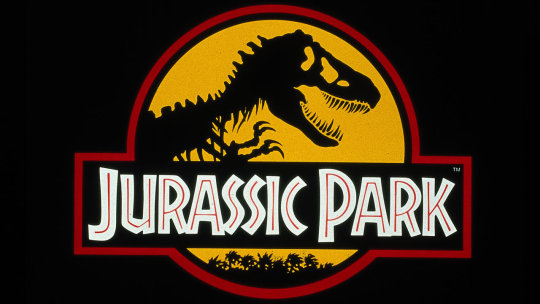
Conference: ASLE (the Association for the Study of Literature and Environment) – Paradise on Fire Dates of Conference: June 26-30, 2019 Location: University of California, Davis Deadline for Submissions: December 15, 2018 at 11:59 pm (EST) via SubmittableHorror and science fiction have long featured the return of the prehistoric, the monstrous past coming back to intrude upon the present and…
Today my poem “Feast Green and Stained” is part of The Academy of American Poets’ “Poem-a-Day” series. My sincerest gratitude to guest editor Don Mee Choi! Thanks also to Francisco Márquez and everyone else involved!
Post link


